Tierre del Fuego Stella Australis Expedition Cruise
By Randy Mink.
To anyone smitten with wanderlust and dogged by a desire to travel to the ends of the earth, the maze of fjord-indented islands at the tip of South America beckons with undeniable allure.
As one of the relatively untouched areas left on the planet, the remote, windswept archipelago of Tierra del Fuego is a bucket-list destination that calls out to starry-eyed globetrotters, enticing them to the “farthest corner of the world.”
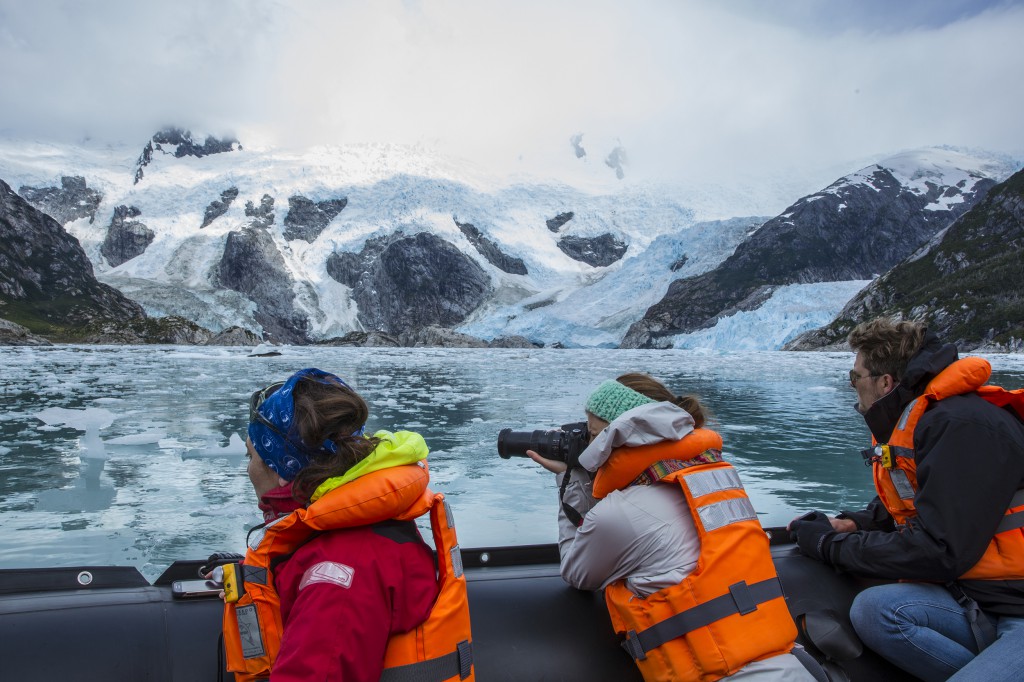
Close up views. * Photo: Australis
The scenery — rocky islands and islets, mountain-backed inlets, isolated channels and bays, and huge glaciers slowly making their way to the sea — seems to belong in Alaska or Scandinavia, not South America.
Wild and majestic in some ways, it’s bleak and forboding in others.
The vast emptiness and chilly weather appeal to nature fans, like those who sign up for three-, four-, and seven-night cruises on the 210-passenger Stella Australis, an expedition ship launched in 2010 by the Chilean cruise line Australis. Sailing between Punta Arenas, Chile, and Ushuaia, Argentina at a speed of no more than 14 miles per hour, the ship plies the Strait of Magellan, Beagle Channel, and other waterways in Tierra del Fuego, going as far south as Cape Horn, the point where the Atlantic and Pacific oceans meet.
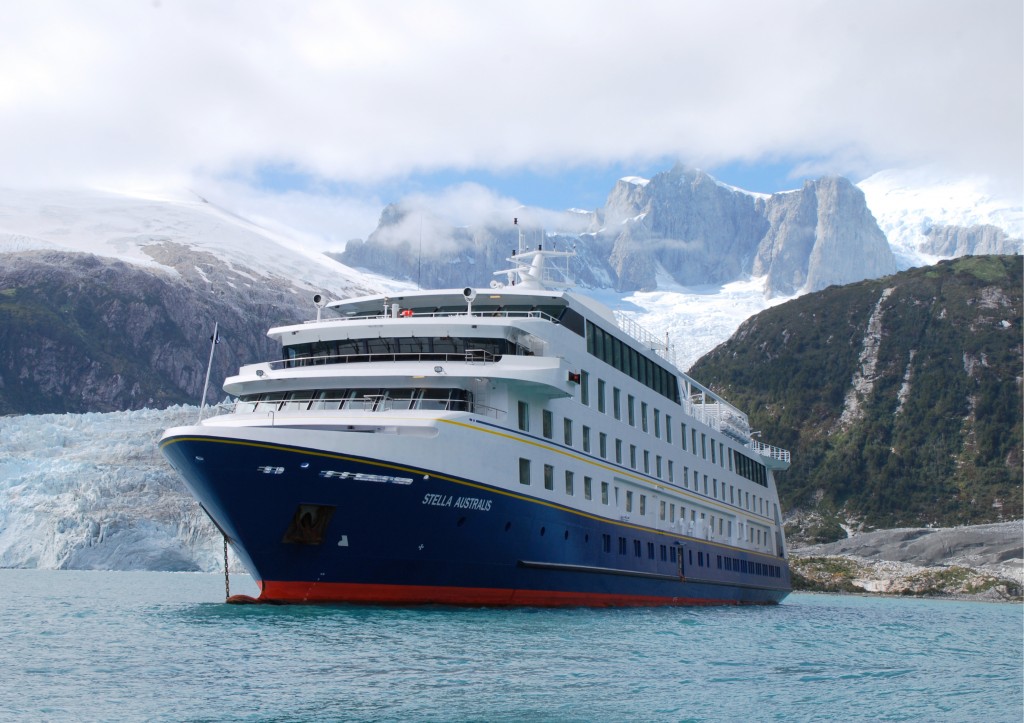
Park near glaciers, WOW! * Photo: Australis
The very name Patagonia, as the largely undeveloped region of southernmost Chile and Argentina is called, suggests adventure travel. Tales of explorers Ferdinand Magellan, Sir Francis Drake, Charles Darwin and Ernest Shackleton pop up during shipboard and on-shore commentary by Stella Australis lecturers and guides.
While cruise travelers venture to the foot of the continent to satisfy a general curiosity, most also have two specific goals in mind — to see penguins and to reach Cape Horn. Those were certainly my priorities.
The Stella Australis cruise season runs from September to April, which is spring to fall in the Southern Hemisphere. When I sailed in early December, most days were in the 40s and 50s, but brisk winds often made it feel colder, and occasional rain posed another challenge. Because it stayed light until after 10 p.m., we really got our money’s worth, scenery-wise.
I chose a four-night itinerary that started in Punta Arenas and ended in Ushuaia. (The seven-night roundtrip was tempting, but repeats two stops.) Just getting to Punta Arenas was an epic undertaking, as I spent 15 hours in the air on three flights from Chicago. An inconvenient connection necessitated an overnight stay in Santiago, the capital of Chile, but I had such a good time there that what I initially considered to be an annoyance turned out to be nice bonus.
Before boarding the ship, I had five or six hours to poke around Punta Arenas, a city of 133,000 on the Strait of Magellan, a passage that separates the mainland from Tierra del Fuego. Tourists can fill their time visiting museums, shopping for woven crafts and other souvenirs in the central square, and touring the Sara Braun Municipal Cemetery with its extravagant mausoleums dedicated to prominent early settlers, many of them Croatian. The Naval Museum’s exhibits got me in the mood for the upcoming journey to Cape Horn.
Tierra del Fuego Stella Australis Expedition, Day 1
On the first morning we reached Almirantazgo Sound and put in at Ainsworth Bay, where the ship’s six inflatable Zodiac boats were lowered to ferry us to Alberto de Agostini National Park, a wilderness rarely visited by anyone but Stella Australis passengers. (Australis has exclusive landing rights at some of the stops and has built boardwalks to protect fragile habitats.)
Our young Chilean guide took us on a leisurely, 1½-hour nature hike along the boulder-strewn beach and through the sub-polar forest, pointing out mosses, lichens, three kinds of beech trees and other vegetation, like the firebush with its reddish-orange flowers.
At one point we stopped for a moment of silence — birds and raindrops the only sounds.
With temperatures in the mid-50s, there was no need for gloves or hats, though I did take out my poncho during a brief drizzle. Some people wore tall rubber boots, but my beat-up hiking boots worked fine on the damp trails.
From the shoreline we could see Marinelli Glacier in the Darwin Range, an extension of the Andes, and in the bay a lone fishing boat trolling for king crab. Upon returning to the Zodiac landing area, refreshments — hot chocolate and whiskey — were waiting for us.
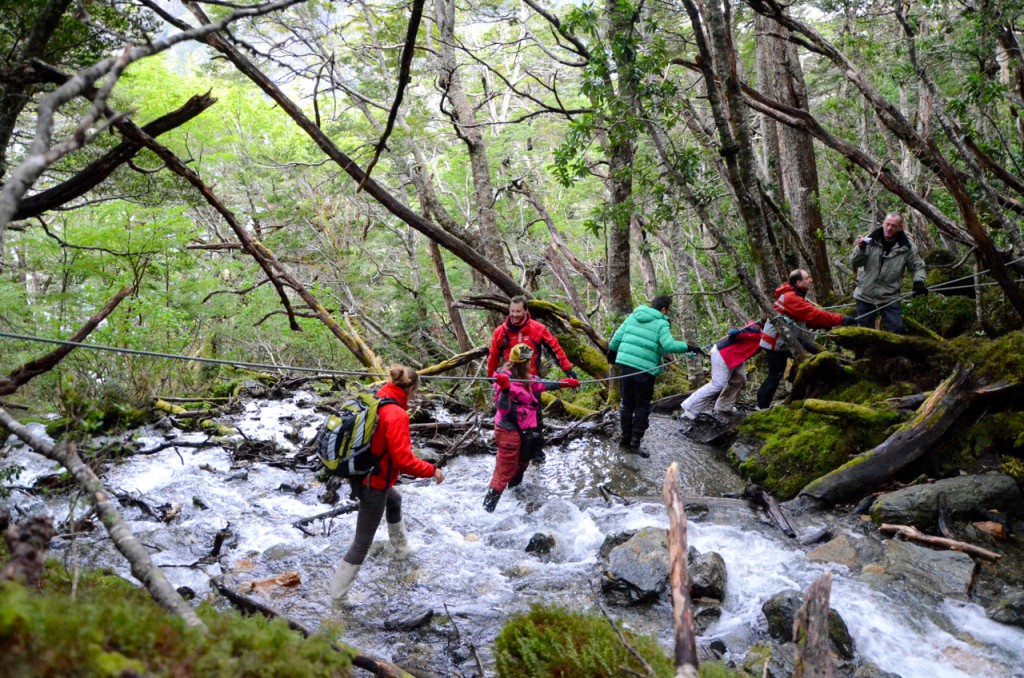
Getting your feet wet is part of the fun. * Photo: Australis
After lunch in the ship’s Patagonia Dining Room, we arrived at Tucker Islets for the much-anticipated penguin watch. Zodiac boats took us right up on the stony beach on Santa Cruz Island, a spring breeding ground for Magellanic penguins, one of 16 species of the flightless bird found only in the southern seas — and the most common kind in Patagonia.
We couldn’t leave the boat, but had a field day taking photos of the clumsy, tuxedoed creatures we had only seen in zoos and aquariums.
There were hundreds of them preening and waddling about, just 10 feet from us. Our guide explained their nesting, mating and feeding habits as we snapped away. The one-hour Zodiac excursion, a trip with choppy waves and tranquil interludes, also took us close to islets populated with rocky and king cormorants.
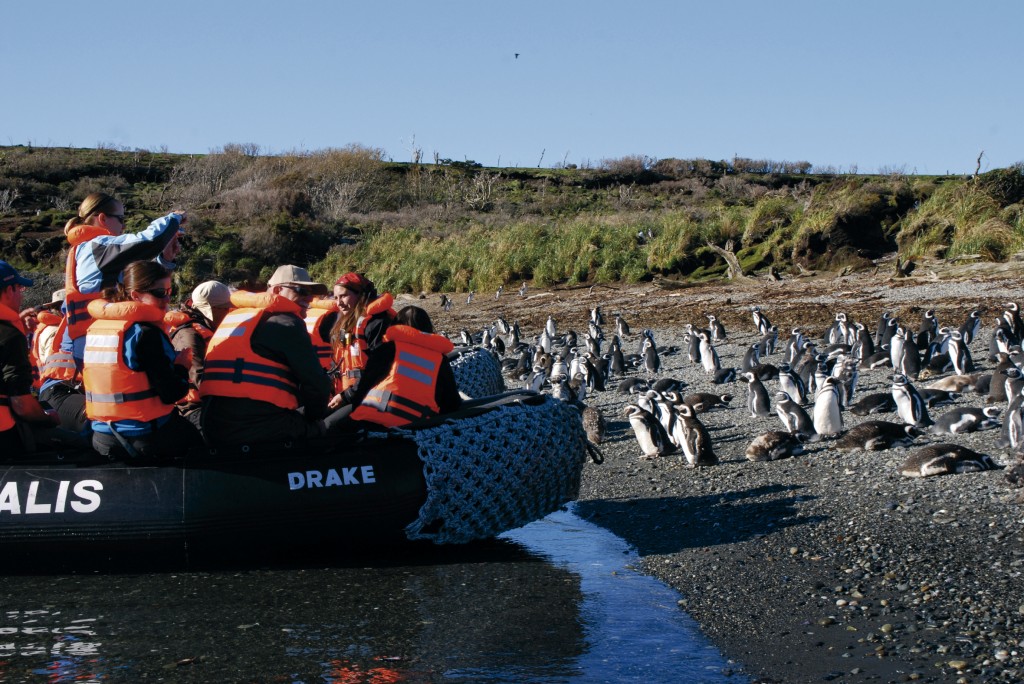
Exploring the Tucker Islets. * Photo: Australis
Tierra del Fuego Stella Australis Expedition, Day 2
The next day we navigated the Beagle Channel on the southern shore of the Darwin Range. To get there, though, we had to leave a sheltered channel around 4 a.m. and for about 20 minutes endure the commotion of the Pacific Ocean while trying to sleep. A warning the night before advised us to take cameras and other things off counters and shelves.
It was smooth sailing after that and by afternoon we arrived at Pia Glacier, where Zodiacs took us ashore for a glorious two hours to take in the wall of bluish ice backed by jagged mountain peaks. Hiking up smooth rock, we got within several hundred yards of the glacier and feasted on panoramic views of ice chunk floating in the fjord’s milky green waters. There were even periods of blue sky, and at one point some of us shed our coats until the clouds rolled back in.
After this up-close encounter with a real live glacier, we spent some time cruising Glacier Alley, a stretch of the Beagle Channel with Darwin Range glaciers named after countries in Europe — Germany, France, Italy and Holland.
As we passed each glacier, the narration was accompanied by appropriate snacks in the Darwin Lounge — sausages for Germany, wine and cheese for France, pizza for Italy, pofferjtes (mini-pancakes) for Holland.
(All announcements on the public address system were done in Spanish and English.)
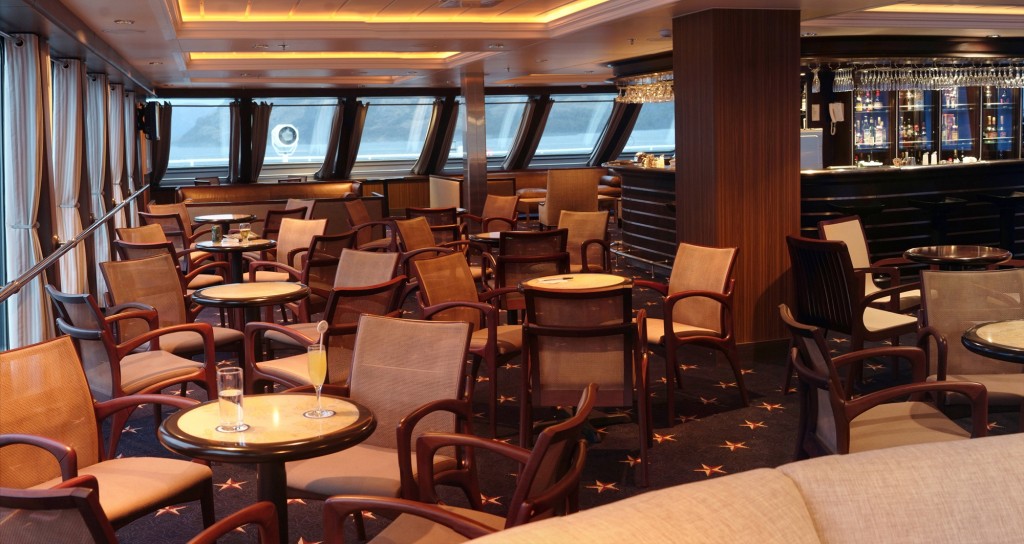
The Darwin Lounge is the ship’s hub. * Photo: Australis
The Other Passengers
About 60 percent of passengers on a Stella Australis sailing are European, expedition team leader Mauricio Alvarez told me. Another 30 percent are North Americans, the rest from South America.
The Chilean guides who speak German accompany the Germans and Austrians on Zodiac excursions, while others can lead French-, Italian- and Portuguese-speaking groups. Though passenger capacity is 210, the five-deck ship rarely sails with more than 190, Alvarez said, and our departure had only 144, representing 16 nationalities.
Dining & Public Spaces
In the dining room I shared a table with an Irish couple visiting a son working in Santiago and a trio of Austrians doing on-ground Patagonian adventures before and after the cruise.
Dinners, usually with a choice of fish and beef or lamb, were not too exciting, but the rolls were excellent. The culinary highlights were the bountiful Italian-, Japanese-, and Chilean-themed lunch buffets. On Chile day I filled up on delectable stews, empanadas, and king crab chowder, saving room for calafate ice cream (made from a berry we saw on one of our nature hikes) and mote con huesillos, a concoction of barley, peach juice and canned dried peaches served in a glass (something I tried at a street stand in Santiago).
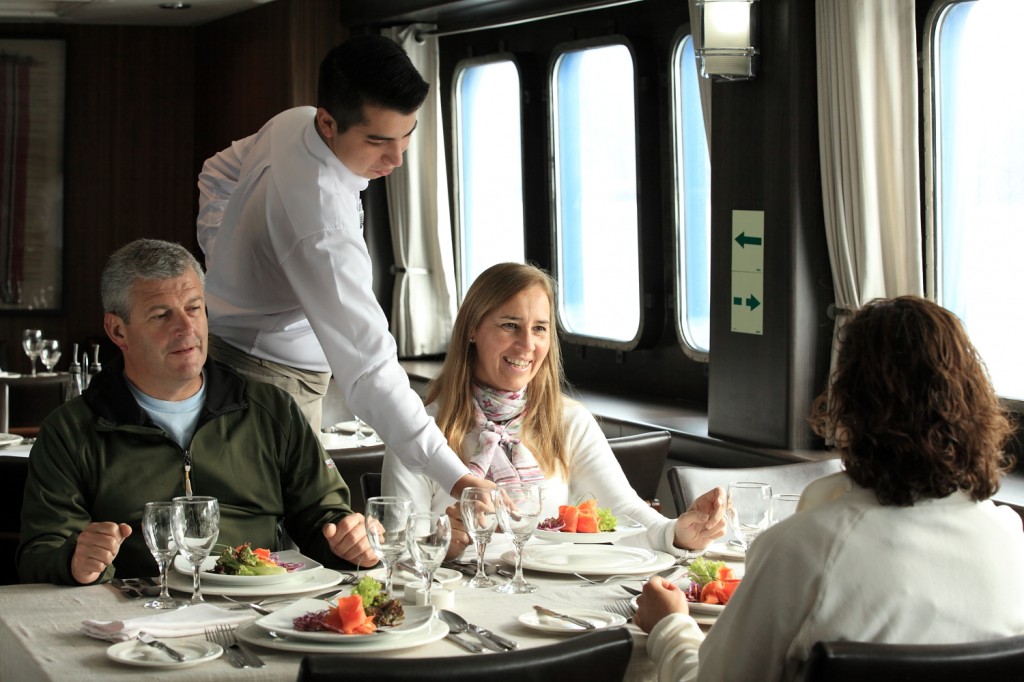
Dining with a view. * Photo: Australis
The ship’s layout is rather uncomplicated, its simple décor in a blue-beige color scheme with nautical motifs. All cabins are outside and have large picture windows for viewing the passing parade of Patagonian splendor. Or share the panoramas with fellow passengers in Darwin Lounge, the main gathering spot, with its five-stool bar and plenty of sofas and chairs positioned for looking out the windows that wrap around it. You can order liquors and Chilean wines from the bartender or help yourself to a mini fridge stocked with soft drinks and beer, including brews from Patagonia. (The cruise fare includes all drinks.)
The aft Sky Lounge features a self-serve station with coffee, juices, pastries, cookies, and finger sandwiches. It’s decorated with black-and-white photogrpahs of sailboats and museum-quality models of the 1820 HMS Beagle and 1912 HMS Endurance, expedition ships associated with Darwin and Shackleton, respectively. The smaller Yamana Lounge (named after the indigenous people who inhabited these islands before the Europeans arrived) has three writing/card tables. All three lounges have a GPS chart tracking the ship’s course and schedule of events in six languages.
Aside from bingo one night and karaoke another, there wasn’t much in the way of organized social activities. But we did have some excellent talks by Alvarez and others on the glaciers, flora and fauna, and human history of Tierra del Fuego. In the Sky and Darwin lounges I enjoyed documentary films like Shackleton’s Antarctic Adventure and National Geographic’s Eden At The End Of The World.
The final leg of our expedition would culminate in what we’d all been waiting for — Cape Horn.
Tierra del Fuego Stella Australis Expedition, Days 3 & 4
During our briefing the night before, we were told that big waves or fierce winds sometimes prevent the Zodiacs from making the trip to Horn Island, the last in the chain and southernmost point of the Americas. A scouting party made a test run early the next morning and, thank goodness, gave us the okay for boarding the sturdy inflatables. (Every day I marveled at how these sailors maneuvered the boats and kept us safe from ship to shore and back.)
Our pre-breakfast visit to the island started with a trek up a 161-step wooden staircase snaking to the top of the craggy, green cliff. Then we had a choice of taking the boardwalk to the Cape Horn monument or going in the opposite direction to the lighthouse and chapel. The temperature was 43 degrees, but a brutal wind made it the coldest we’d felt so far.
Only our orange lifejackets added any color to the desolate landscapes of brownish grasses and gun metal-gray waters on this overcast, but rainless morning. The monument of black, gray and white steel plates, forming the silhouette of an albatross in flight, commemorates navigators who have lost their lives in these treacherous seas.
This year marks the 400th anniversary of the discovery of Cape Horn by Dutch explorers looking for a shipping route to the Pacific. They named it for the Dutch town of Hoorn.
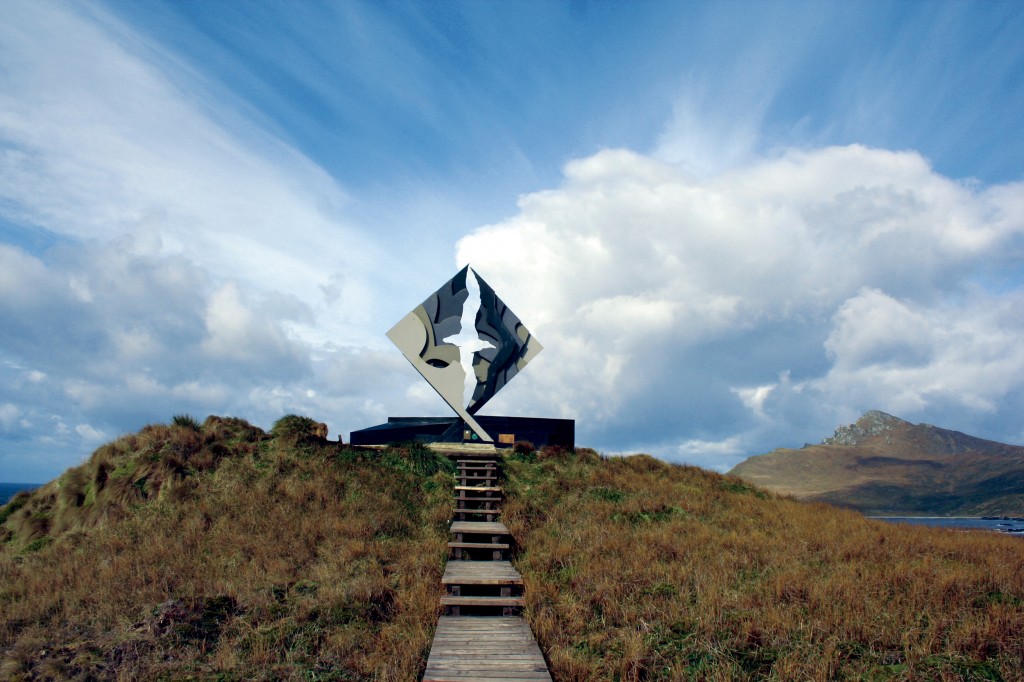
The Cape Horn monument. * Photo: Australis
After posing at the monument for the obligatory picture, I headed toward the lighthouse, stopping to look at some of the stone monuments (with descriptions in Spanish) that honor individuals like Captain Robert Fitz Roy, who commanded the Beagle on Darwin’s research voyage in Patagonia.
At the lighthouse some of us had a chance to chat briefly with the Chilean naval officer who lives in the lonely outpost with his wife and two young children. Except for adventure-seeking navigators and cruise ship passengers, he doesn’t get much company.
Rounding Cape Horn was once the only way to sail from the eastern coast of North America to the Pacific, and it was a well-traveled route from 1850 until completion of the Panama Canal in 1914.
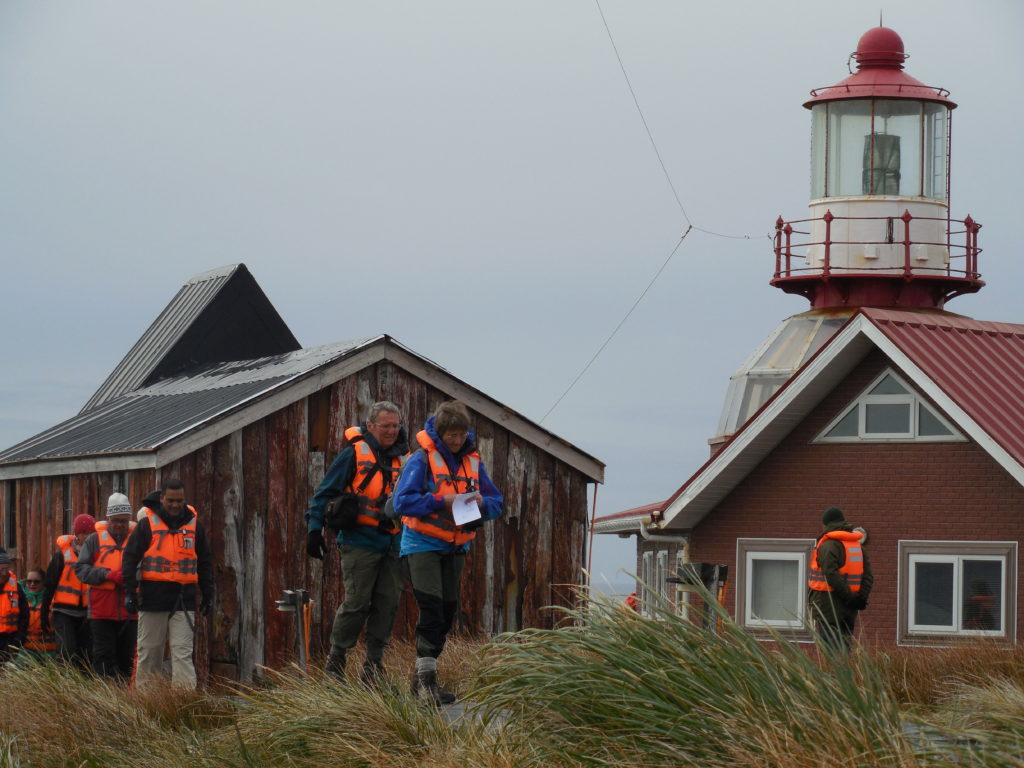
The Cape Horn Lighthouse. * Photo: Randy Mink
Besides being blessed with the right conditions to set foot on Cape Horn, we also were fortunate enough to be able to sail around the island, something that’s usually not possible. But it involved some serious rocking and rolling on the infamous Drake Passage, a rough patch of water familiar to those who have cruised to Antarctica, 500 miles away. We swayed while walking through the lounges and held onto to our hats on deck.
During my time on Horn Island and while dealing with the Drake Passage, I had recalled the Cape Horn exhibit at the Naval Museum in Punta Arenas. A signboard there summed up the trepidation and exhilaration associated with reaching the tip of the continent: “Rounding the Horn gave a man the craved status of ‘real seaman’ and the unquestionable right to be listened to everywhere with respect and awe.”
Though our tourist experience was not exactly heroic, later that day we found in our cabins a souvenir certificate signed by the captain, a “diploma” for “having reached Cape Horn, the world’s southernmost point, on board the Expedition Cruise Stella Australis.”
Later that day we reached Wulaia Bay for our last shore excursion before a nighttime arrival in Ushuaia. This time we learned about European settlers and their interaction with the Yamana people. After an easy coastal walk with our guide, we visited a museum that Australis built inside an abandoned two-story house dating back to the early 1900s.
Our trip (covering 586 nautical miles) came to a festive conclusion that night in the Darwin Lounge, where we enjoyed a farewell champagne toast and slideshow of passengers’ photos. In the auctioning of the captain’s navigation chart used for sailing to Cape Horn, the winning bidder paid $320, but it has gone for as high as $5,700.
Cruising in Patagonia attracts a particular type of traveler, one who can go for a few days without shopping, city life, television or internet access. As someone always looking for a real escape, this journey to the bottom of the world suited me just fine.
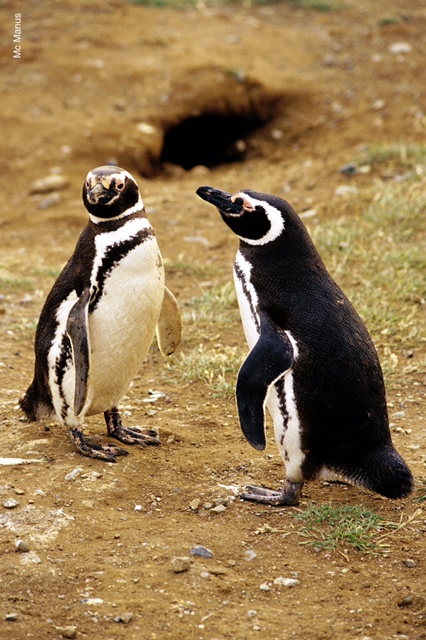
Seeing adorable Magellanic Penguins is a cruise highlight. * Photo: Australis
Australis recently sold the only other ship in its fleet, the 136-passenger Via Australis, to Lindblad Expeditions, but has plans to build a vessel similar to the Stella Australis. The new sister ship should be completed by the end of 2017 and will do the same route between Punta Arenas and Ushuaia.
For more info, go to QC’s Australis line review or contact Australis at www.australis.com.
Don’t miss a post about small-ship cruising, subscribe to QuirkyCruise.com for monthly updates & special offers!
© This article is protected by copyright, no part may be reproduced by any process without written permission from the author. All Rights Reserved. QuirkyCruise.com.

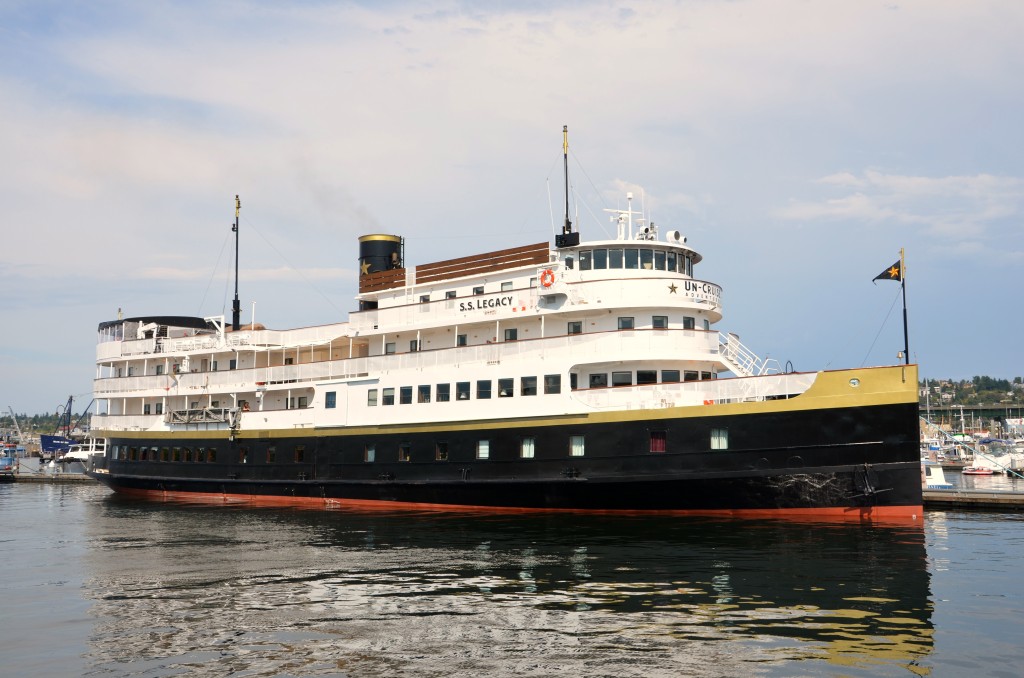
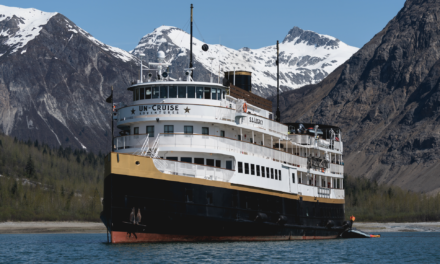

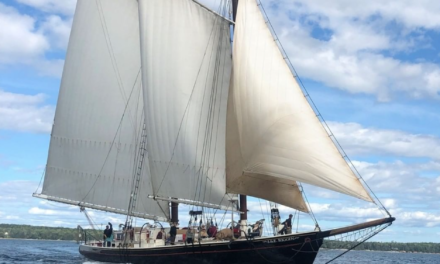
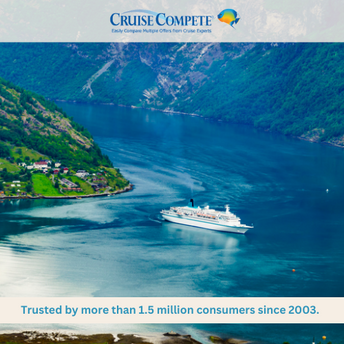
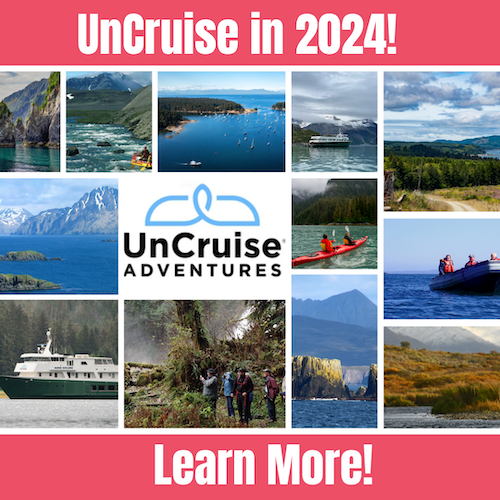
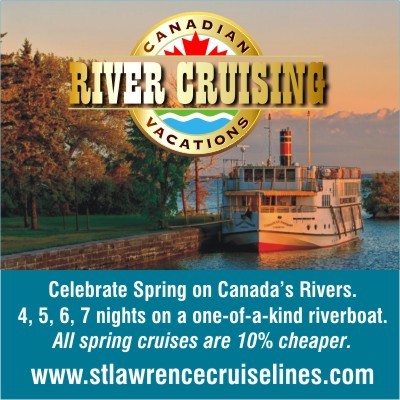

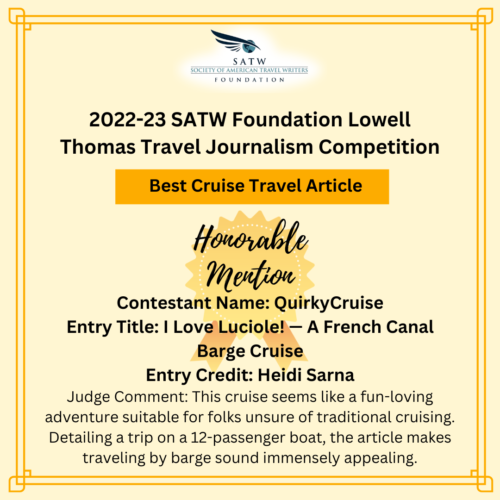
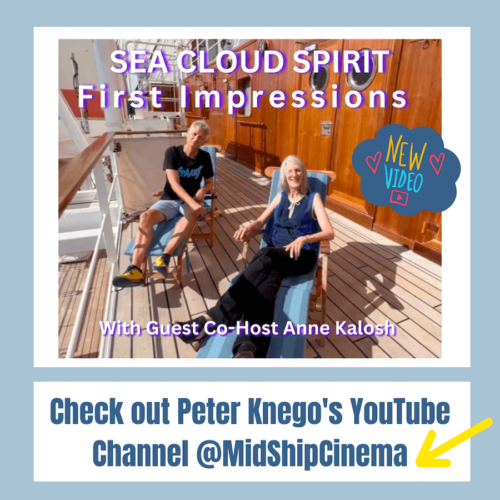



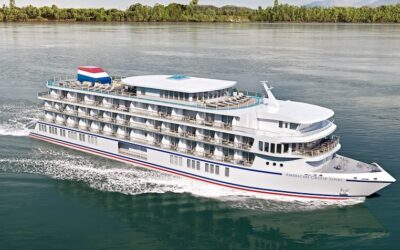
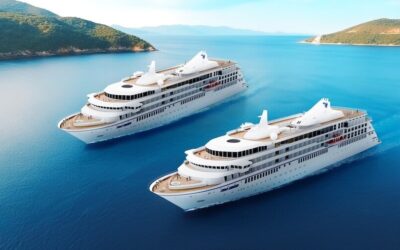

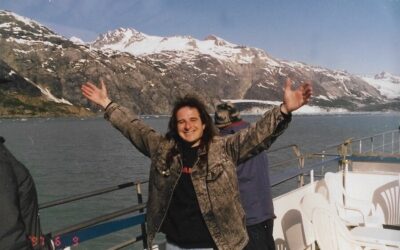
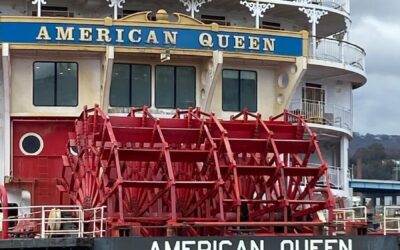
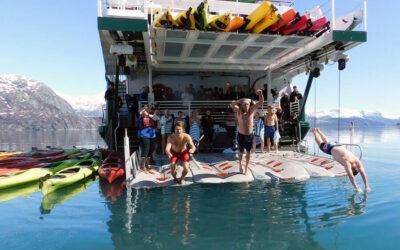
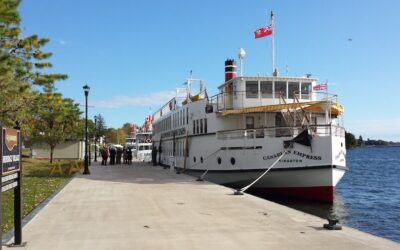
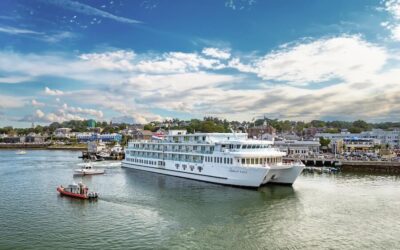
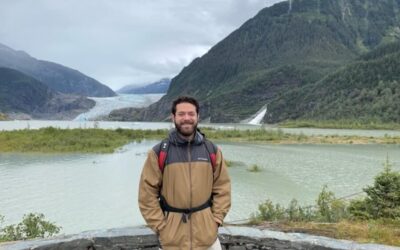
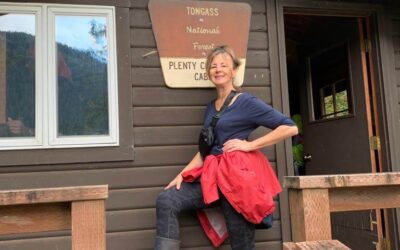

I enjoyed this article very much, thank you. Love your site.
Thank you! 🙂
We had an incredible multi-generational holiday in ARGENTINA and chile which included three nights on this fabulous cruise. I did not think that i was a cruise person at all – but I cannot recommend this intimate, special cruise enough. The boat was lovely – big bright rooms, the side trips were well executed, the staff was fantastic and the scenery looks just like the photos above – they could easily be our photos!
Catherine, Singapore
# Great Post! Thank you for sharing useful information. We are also a provider of Villa la Angostura tour packages . Visit our website for more info http://www.insituviajes.com
Thank you for sharing 🙂